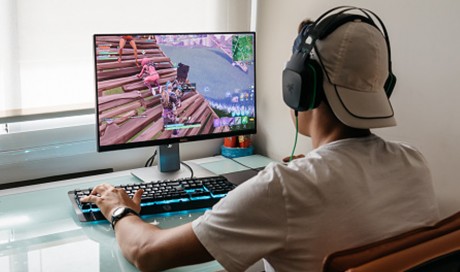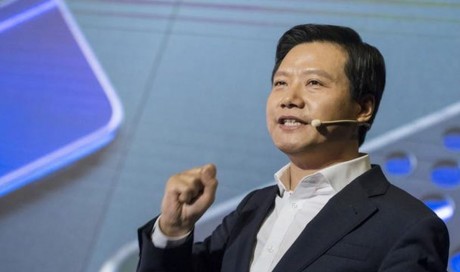PROFIT FIGURES TELL THE TALE
The struggle's impact on corporate results became clearer last month. LG said on Thursday its TV division recorded a 77 per cent jump in quarterly profit and a record profit margin of 14 per cent in the quarter ended in March.
Samsung reported a 32 per cent quarterly profit decline last Thursday for its consumer electronics division that sells TVs and home appliances, saying that earnings fell from a year ago, partly because it had changed its lineup and stopped selling some lower and mid-priced TVs.
Sony, whose television business incurred losses totalling 800 billion yen (US$7.4 billion) over ten years, swung back to a profit in the year ended in March 2017.
To return to profit, the Japanese company reduced the number of markets around the world in which it sells, diversified suppliers and offered both OLED and LCD screens. It also ditched an LCD joint venture with Samsung. The strategy paid off.
While Sony had just 10.2 per cent share in the global TV market last year in dollar terms, it was No. 1 in the premium market. Its operating profit margin reached 10.7 per cent in the September-December quarter, according to John Soh, analyst at Shinhan Investment.
The outlook for Samsung in premium TVs could worsen as 71 per cent of sales this year are expected to be OLED TVs, up from 51 per cent last year, according to IHS.
And this is all happening with the 2018 FIFA World Cup starting in June. The month-long soccer competition, which is being held in Russia this year, is consistently the most watched TV event in the world and provides TV makers with a great opportunity to boost sales.
Choong Hoon Yi, head of UBI Research and a former Samsung display engineer, said that it now "looks like Samsung made a mistake" though it did not seem a blunder at the time, as Samsung considered the OLED technology too immature.
When asked about whether it plans to restart OLED TV production and sales, Samsung reiterated its previous stance that it will focus on other more competitive technology. "There's no change (in our strategy)," Jonghee Han, President of Samsung's TV business told reporters last month. Some display analysts say all might not be lost as Samsung can fight back on price.
Initially the U.S. price for Samsung's mid-range Q7F 55-inch QLED TV in 2018 was US$1,900, down from US$2,500 last year, according to online channels. Meanwhile the initial price for LG's 55-inch C7 OLED TV was US$3,500 in 2017 but the corresponding C8 started at US$2,500 this year. "Our goal is not to be No. 1 for x-number of consecutive years, but No. 1 forever," Samsung’s Han said.
Share This Post














